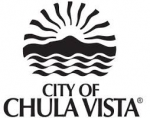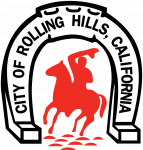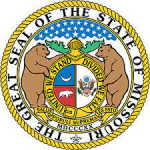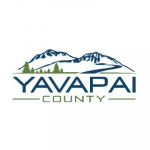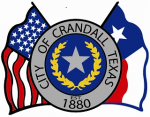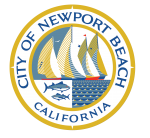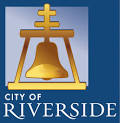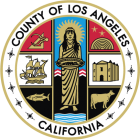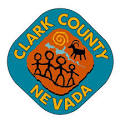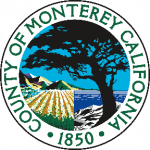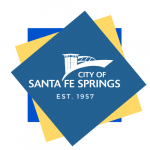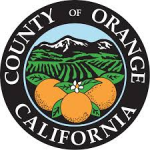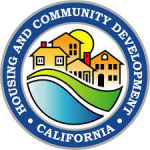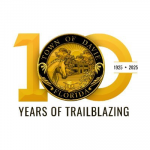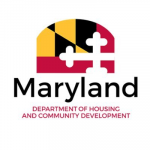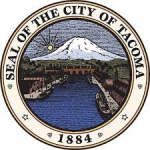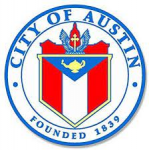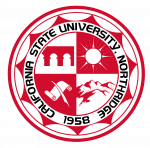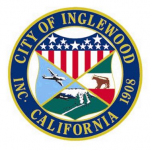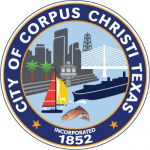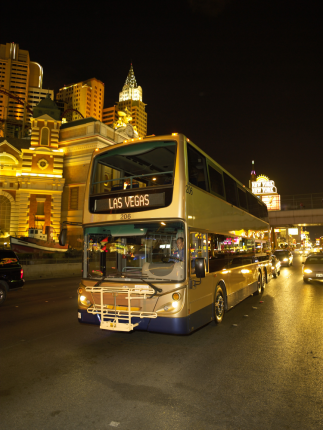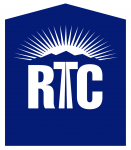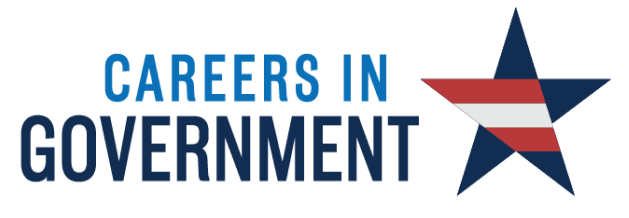Navigating the Path to a Career in Community and Economic Development

In the dynamic field of community and economic development, professionals dedicate their efforts to crafting strategies that stimulate growth, enhance community well-being, and foster economic prosperity.
For those intrigued by the opportunity to shape the futures of communities and regions, a myriad of job prospects await.Let's dive deeper into exploring community based organizations and the job sector surrounding it, while also looking at some step-by-step processes for on applying to these positions through our dedicated website.
Understanding Economic Development Jobs
Community and economic development jobs encompass a range of roles dedicated to improving local, regional, and national communities from economic, social, and financial standpoints.
These positions often involve the community development department collaborating with leadership councils, non-profit organizations, and government entities to devise and implement development plans that address local needs and opportunities.
What Types of Jobs are Available in the Community and Economic Development Sector?Though not fully extensive, here is a look at some of the most common types of careers that fall under the umbrella of community and economic development positions in the public sector.

An Economic Development Officer is responsible for keeping the focus on attracting businesses, supporting local enterprises, and job creation strategies, aiming to stimulate economic growth and prosperity within the community through strategic partnerships and initiatives.
These types of coordinators work on community engagement connection initiatives, social development projects, and enhancing public amenities, fostering a sense of belonging and well-being among residents while addressing local needs and aspirations.
An Urban Planner gets the unique role of being involved in planning and zoning to ensure sustainable growth and the effective use of land, striving to create vibrant, resilient communities that balance economic development with environmental conservation and social equity.
While a project manager can mean a large variety of things, the biggest role they play is to oversee specific development projects and programs, while also ensuring they are completed on time, within budget, and meet community needs.
Project managers will perform related duties to leadership positions and are tasked with serving as a catalyst for positive change and improvement within the community through meticulous planning and execution.
A policy analyst will research and prepare reports as well as develop policies related to economic and community development.
A policy analyst makes presentations and performs related duties that allow for leveraging of data-driven insights to inform decision-making and drive positive outcomes for the community.
Economic Director roles are key in working closely with leadership to set strategic directions, foster collaboration and innovation, as well as to drive economic growth and prosperity at the local, regional, or national level.
They are versed in working well with everyone from property owners to the city council in areas of code compliance, economic advancement, and other types of operations that affect a jurisdiction in growing responsibly and in a way that's healthy for everyone.
State and city departments often need a sustainability coordinator to help develop and implement strategies for sustainable community and economic growth, which will eventually work to promote environmentally responsible practices and resilience-building initiatives.
Sustainability Coordinators are key to making sure that long-term prosperity and well-being for current and future generations are possible.
Are You Ready to Apply for Community Development Jobs?
Our website serves as a comprehensive platform for those seeking to embark on or advance their careers in community and economic development.
Here's how to utilize our site to find and apply for your next opportunity:
Begin your journey by browsing the current job listings on our website and finding the economic development department positions that appeal to you.
Look at the program goals, the types of tasks you'll be assigned, and what related work is involved.
Use filters to narrow down your search based on location, job type, and experience level. (If you need technical assistance with the application process, reach out for guidance on this.) Each listing provides detailed information, including job responsibilities, qualifications needed, and application deadlines.
Take the time to thoroughly read the full job description before you decide to apply for any job to ensure that you are one of the qualified individuals they are looking for.
Pay close attention to the qualifications required, such as educational background, experience, and specific skills. Jobs in this field often require at least a bachelor's degree and a keen understanding of both community development and economic development principles.
Government jobs often have set dates and deadlines for accepting applications. Pay close attention to the closing date before you begin you application.
- Resume/CV: Highlight your relevant experience, particularly any work with leadership councils, executive leadership roles, or significant projects in community or economic development. Make it clear what type of general supervision you work best with and where your core strengths lie.
- Cover Letter: Tailor your cover letter to each job application. Mention specific projects or initiatives you've led or contributed to and how they align with the job you're applying for.
- Supporting Documents: Prepare any additional documents requested in the job listing, such as references, portfolios, or certifications.
Follow the application instructions provided in the job listing carefully. Sometimes an organization may require you to apply directly through our website, while others might direct you to an external application process.
If your application progresses to the interview stage, prepare by reviewing common interview questions in community development.
Be ready to discuss specific projects you've worked on, challenges you've overcome, and how you've contributed to economic and community growth.
Regardless of the outcome, continuously seek opportunities for professional development.
Attend workshops, seminars, and conferences related to community and economic development. Stay informed about the latest trends and innovations in the field.
When You're Ready to Chart Your Next Chapter...Let Us Help
Careers in community and economic development are uniquely rewarding, offering the chance to make tangible differences in people's lives and the well-being of communities.
These roles allow professionals to work on a diverse array of projects, from revitalizing urban centers to developing sustainable economic strategies for rural areas.
A career in economic development is not just a job—it's a commitment to fostering environments where economies can flourish and communities can thrive.Our website is your gateway to finding a role that matches your skills, passions, and career ambitions in this vital sector.
By following the steps outlined above, you can navigate the application process and take your first step toward a fulfilling career in community and economic development.
Whether you're aspiring to join a leadership council, work in an economic management position, or contribute to community development, your journey starts here.

